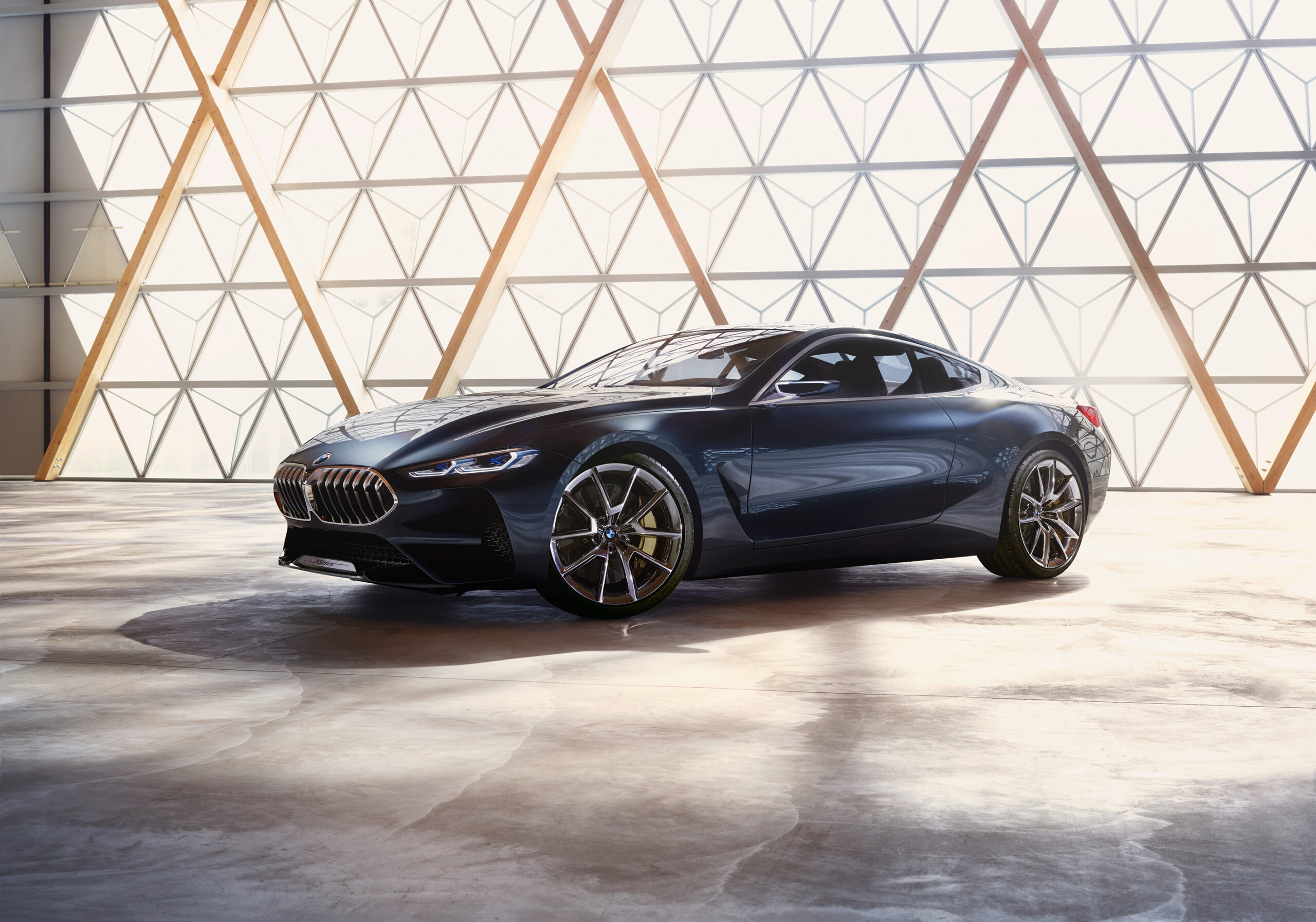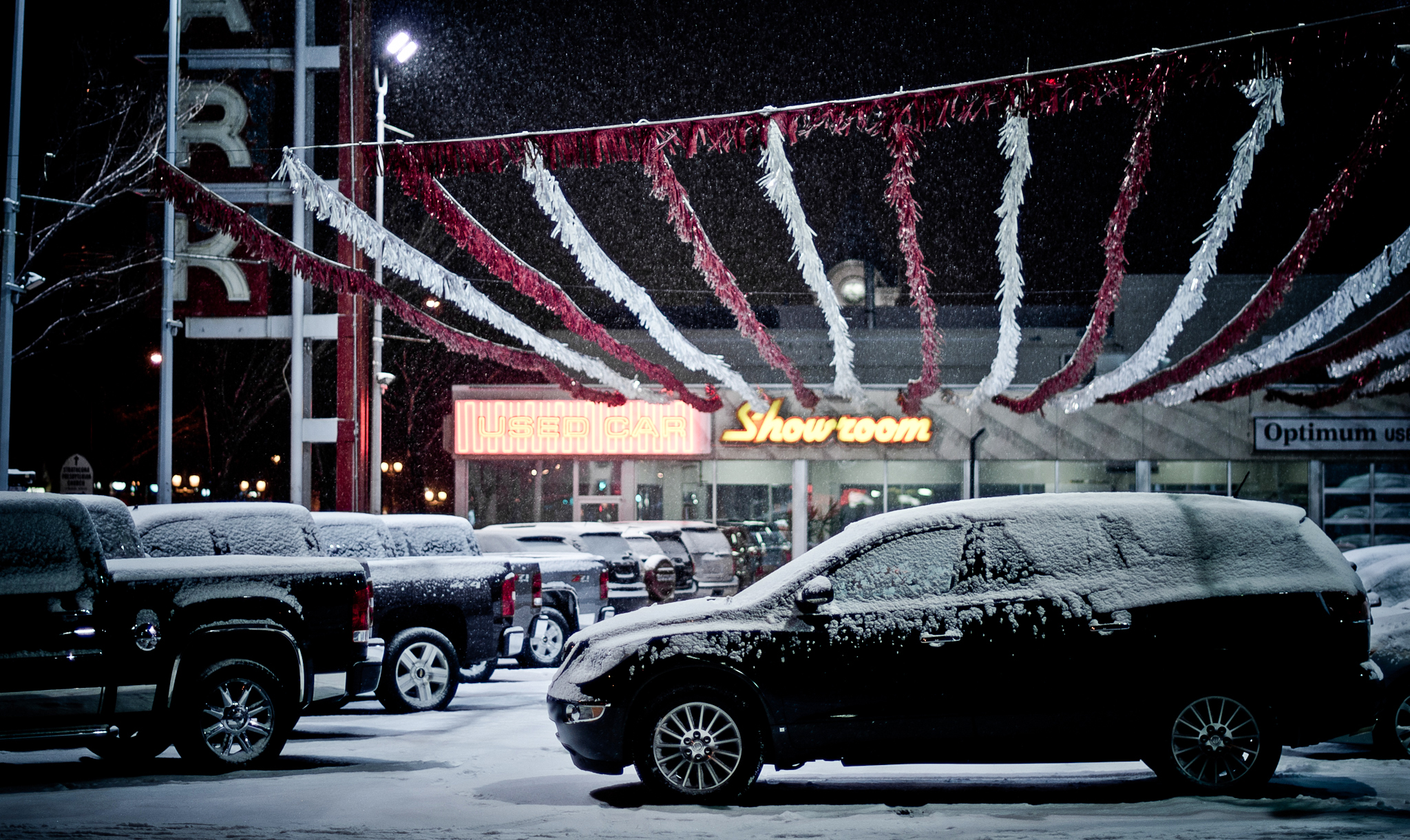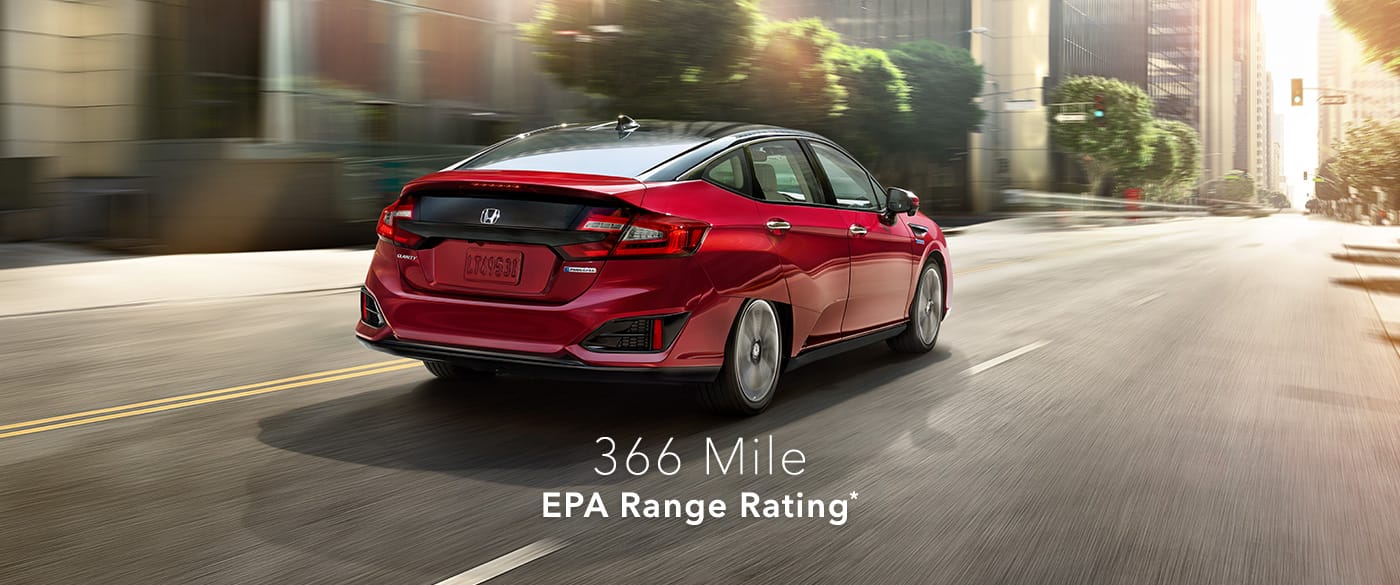Monday Musings: The Daytona Death Spiral

Last week, the Wall Street Journal published an article on the fading glories of America’s favorite motorsport, NASCAR. Their proof? Reduced ratings, dropping attendance, fewer sponsors, and lower sponsorship fees. All good indicators that NASCAR has fallen from the heady days of the 1990s when the sport was expanding, networks were in a bidding war for the broadcast rights, sponsors were throwing bags of cash at any team that was even slightly competitive, and teams were pounding on the door to get in the show.
Today, the racing community is fighting back. Roger Penske was quoted in Racer magazine as saying “I think the connection is amazing, and with the disruption we’re gonna have now with these three different segments – certainly when we announce a sponsorship like Shell yesterday for seven years, and you see FedEx – I think that there’s never been more competition on the racetrack.”
As much as I respect The Captain, after watching this year’s crash-fest that was the Daytona 500, I’m going to side with The Journal on this one.
Oh sure, NASCAR apologists will point to the last half lap that was fairly heart stopping.
I’m sorry, but fifteen seconds of excitement doesn’t make up for a three hour, twenty-nine minute and sixteen second parade of candy colored cars broken up only by the occasional “big one.” I, like most people, don’t tune in to watch the crashes. In fact, most real race fans hate the multi-car wrecks. It ruins the flow of the race and often takes competitive drivers out through no fault of their own. Because of rules that limit power and control aerodynamics, super speedway stock car racing is the most boring form of the sport by a wide margin. If you want to see great racing, watch them run at Martinsville or on a road course like Watkins Glen and Road America.
In addition, the drivers hate the big ovals and restrictor plate racing. According to Dale Earnhardt, Jr. “It’s scary, it’s very scary.” Trevor Bayne said, “Very, very insane. You get butterflies in your stomach even thinking about coming here because you don’t know what will happen.” Essentially the wheel has been taken out of their hands as they run in a pack three abreast at 200 miles per hour hoping another driver doesn’t tap them on the fender. The usual result is a chain reaction that sends five or six unfortunate souls [see Dale Jr.] to the garage and an early shower if they’re lucky, or to the infield hospital if they’re not.
I used to love Daytona. Back in the 1980s, I attended several races as the creative director for Chevrolet Motorsports advertising, supervising photography and filming (yes, we used reels of Kodak back then). I got to know the drivers, owners, crew chiefs, and mechanics a bit. in 1990, I remember sitting at the end of the pits after a long day of practice with Derrike Cope. He was looking at his posted lap times, struggling to find the speed he’d need to compete in the race. Apparently he found it, because three days later, he passed Dale Earnhardt on the last lap for his first and only Daytona 500 win.
NASCAR specifically, and racing in general, has a huge problem. It’s lack of relevance. It used to be manufacturers raced to prove the performance, capability, reliability, and durability of their products. Back in the ‘60s “Stock Cars” were mostly that, stock cars. The engine blocks, sheet metal, basic frame, and many other components used were right out of their corresponding street machine. If your car could stand the beating it took to claim victory in a full-throttle 500 mile race, that said something about its quality. The old adage was “Win on Sunday. Sell on Monday.” And it worked.
Today, the cars on the track bear as much resemblance to their corresponding production models as I do to Dwayne Johnson. How many rear-drive Camrys with pushrod V8s does Toyota sell? Durability and reliability are givens in new car buying (unless you’re looking at a Fiat.) We expect even the least expensive Kia to run 100,000 trouble-free miles. With no connection between the cars on the track and the cars on the showroom floor and no need to prove their engineering prowess, the marketing value of NASCAR racing for auto companies is essentially zero.
No amount of monkeying with the race format. No artificial playoff. No charismatic young driver is going to change that. For racing to be relevant again it has to become what it was 40 years ago, a skunkworks for the development of the automotive technology of the future. Fuel injection, disc brakes, light-weighting, and almost every significant automotive innovation was, if not invented, significantly improved at the race track.
It’s time for the auto manufacturers to demand racing series move away from old technology and look to the future. NASCAR, the country’s most popular racing series, could serve as a platform for developing cleaner, more efficient, and more powerful alternative propulsion technologies. That’s where the industry is going, and they can’t be left behind. The pressure to win in a weekly series would significantly ratchet up the urgency to improve the technologies. Race engineers in conjunction with their automotive partners would have no other option but to find better ways to improve electric range, shorten charging times, handle hydrogen safely, or develop whatever low-emission fuel source is next to keep their teams our front.
Will I miss the smell of Castrol and the thunder of 42 naturally aspirated V8s taking the green flag after the pace car dives into the pits? Of course.
Nostalgia has a nasty habit of standing in the path of progress.
If NASCAR wants to keep sliding into oblivion they should keep on keepin’ on, and pump high octane racing fuel into big V8 engines. If they want to regain their mojo, they should open the series up to innovation and then put that technology in the hands of their charismatic drivers. It’s the only way to capture the imagination of the next generation of new car buyers and the best way to save themselves.



